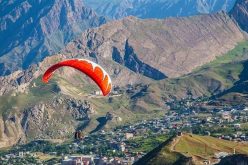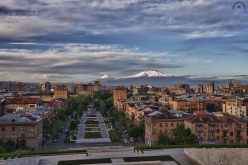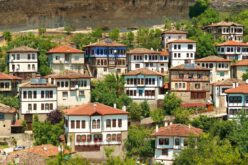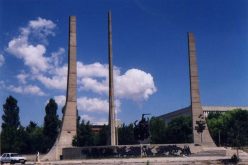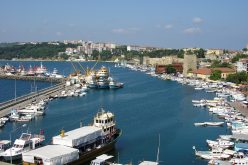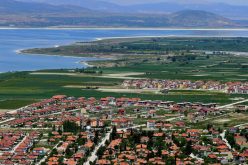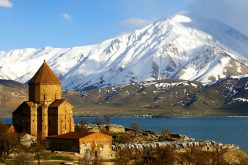Eskisehir
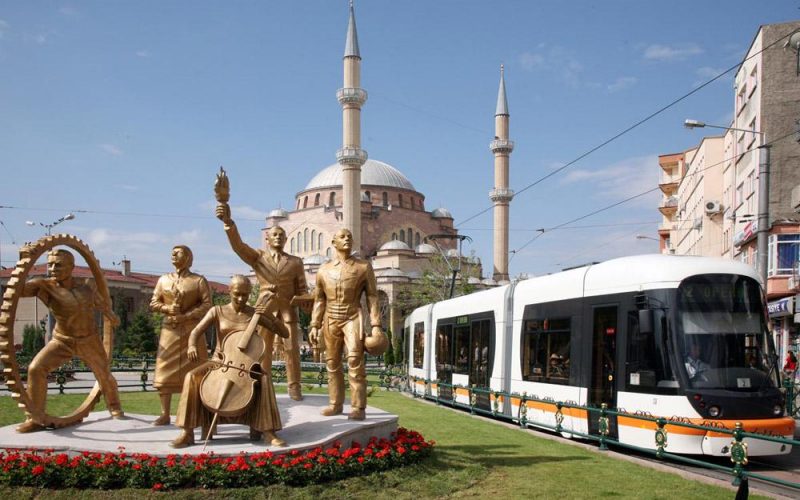
Eskisehir
Eskisehir, a large industrialized city in west-central Turkey, is one of the oldest settlements (3500 BC) in the Anatolia region. Its foundation on the bank of river Porsuk by the Phrygians dates back to the 1st millennium BC. The historical city holds out Phrygian relics and sculptures through its museums.
The most famous museum in Eskisehir is the Ottoman House museum, which is the storehouse of 19th century domestic architecture of Turkey`s local ethnographical items. It was founded in the 1st millennium BC by the Phrygians. Hittites assembled a great government centralized in Eskişehir B.C. 14. Century. The king of Phrygians declared his kingdom which lasted for 600 years in B.C. 12. During 600 years following Phrygian King, the city was called Gordion. Great Alexander and his army, passing from Gordion 2300 years ago, conquered Gordion. But affter the death of Great Alexander, city of Gordion had witnessed great wars because of its location. Many commanders who wanted to control Anatolia tried to conquer Gordion city. First Galats and then the Romans captured the region at the end of the year B.C. 189. In the 4th century AD, the city was moved about 10km northeast, from Karacahisar to Şehirhöyük. When it was controlled by the Roman Empire, Constantine the Great introduced the religion Christianity to this region as well as the other parts of Anatolia. Romans, restored Gordion city, and the city was living its glorious days by then. When the Seljuks conquered the place, they called it Sultanönü in 1074. But with the foundation of the Ottoman Empire, it was called Eskişehir for the first time. During the Turkish War of Independence (1919-1922), it was a very important location of strategy. After this war, modern-day Eskişehir was rebuilt with a number of historic buildings remain.
Places To Visit ;
Eskişehir Archeological Museum was first started as a storage museum in 1945 at Alaaddin Mosque but later moved to the complex of Kursunlu Mosque in 1966 and then to its present place in Akarbaşı in 1974. It has collections of animal and plant fossils from archaic ages, items belong to the Neolithic, Chalcolithic, Old Bronze, Hittite and Phrygian Periods, the findings from the Demircihöyük, items from the Hellenistic, Roman and Byzantine Period, coins from the antique and Islamic periods, the findings from Kocakizlar Tumulus, statues, tombs, Roman era floor mosaics from Dorylaeum and the findings of Babadat excavations.
Atatürk and Culture Museum was built in 1921 and is located in the Arifiye part of the city. It was organized to keep the memories of Great Turkish Leader Atatürk who visited Eskişehir between the years of 1920 and 1938. As a typical example of wood architecture of 19th century, Ottoman House Museum is located in Dede neighborhood of Odunpazarı.
Yunus Emre Museum is located within the Yunus Emre Complex at Yunus Emre Village Sarikoy and has a porched entrance with arched windows. It still keeps the famous Turkish dervish, poet, philosopher Yunus Emre’s memories alive.
Seyitgazi Museum is located at Seyitgazi District of Eskisehir, within the Seyit Battalgazi Complex. The complex is a great sample of Seljuk, Early Ottoman and Classical Ottoman Periods.
Ballıhisar (Pessinus) is located on the Eskişehir road 117 kms from Ankara. In this historical Phrygian city, you can see the Temple of Cybele, and an open-air museum with ancient sculptures from the 10th century BC. Midas is located at 66 km south of Eskisehir and was one of the most important settlement centers of the Phrygians. There are historical temples and tombs carved into the rock.
Write a Comment
Only registered users can comment.





